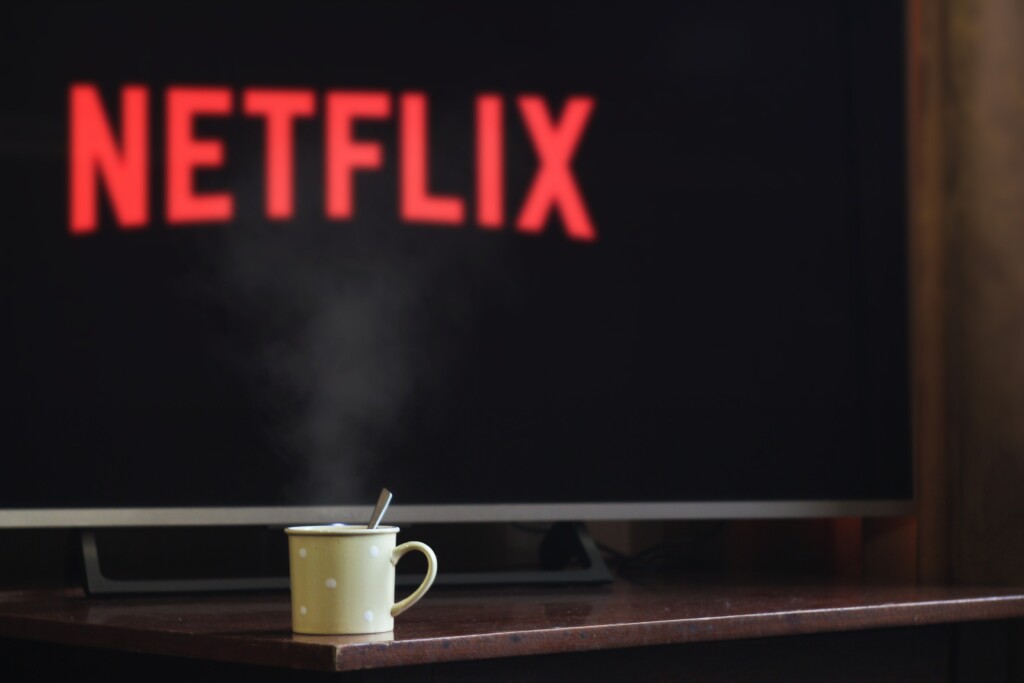Delay in the adoption of the media chronology reform: Netflix takes the offensive
The transposition into domestic law of the AVMS Directive of 14 November 2018 [1] is at the origin of a fundamental reform of the French audiovisual sector. The amendments, carried by the ordinance of 21 December 2020 [2], address many crucial issues and concern both (i) the creation of contribution obligations to audiovisual and cinematographic production for foreign Audiovisual Media Services on Demand (AVMS) targeting French territory [3] (such as Netflix), and (ii) the revision of the successive broadcasting exclusivity windows of cinematographic works by types of broadcasters as organised by the media chronology [4].
The elements composing the current reform of the French audiovisual sector are linked: in return for the creation of obligations to finance French and European film and audiovisual production imposed on foreign SMADs targeting France (typically: Netflix, Amazon Prime Video, Disney+), the platforms demanded a relaxation of the broadcasting windows imposed by the media chronology and access to the audiovisual support account managed by the CNC for independent productions of series ordered by the platforms [5].
In other words, in exchange for their contribution, platforms were to be allowed to broadcast cinematographic works less long after their theatrical release, i.e. between 12 and 14 months.
For the record, all types of SMADs [6] are covered by the decree and the obligation to contribute is aimed at SMADs established in France as well as foreign SMADs targeting the French territory. Concerning VADA services, depending on whether the service offers annually at least one long-running cinematographic work within a period of less than twelve months after its theatrical release, its contribution will vary between 20 and 25% of the turnover made on French territory.
However, while the SMAD decree has already been in force since 1 July 2021, the counterparts claimed are still pending: the new media chronology, initially planned for the first quarter of 2021[7], is still being negotiated and access to the CNC’s audiovisual support account has not yet been clarified.
In this context, Netflix, leading the VADA services, wrote on 24 August to the Minister of Culture Roselyne Bachelot to urge the government to unblock the situation: it lodged an ex gratia appeal against the SMAD decree, contested the current decree on media chronology and asked for access to the CNC support account [8].
Netflix’s appeal against the SMAD decree opens a 2-month window to find an agreement on the new media chronology. The Minister of Culture indicated on 30 August 2021 [9] that she had a “ready-made” text to be applied – the content of which she did not reveal – in the event that the negotiations between professionals did not succeed. Regarding the opening of the audiovisual support account by the CNC, Le Figaro reports that the difficulty does not lie there: the Conseil national du cinéma “would be ready to do it quickly” [10].
The discussions are particularly tense and the sky is stormy.
At the same time, three key decrees should structure the landscape: the SMAD decree already in force, the upcoming DTT and cable-satellite decrees.

By the UGGC Avocats IP/IT team
Sources :
[1] Directive 2018/1808/EU amending Directive 2010/13/EU on the coordination of certain provisions laid down by law, regulation or administrative action in Member States concerning the provision of audiovisual media services (Audiovisual Media Services Directive), taking into account the evolution of market realities.
[2] Order No 2020-1642 of 21 December 2020 on the coordination of certain provisions laid down by law, regulation or administrative action in Member States concerning the provision of audiovisual media services and amending the time limits for the exploitation of cinematographic works. On this last point, see in particular Article 28. See: https://www.legifrance.gouv.fr/download/pdf?id=wqq5CCA5s0SfYJEGgvYNTvK88lNSC-q-NZWqUPb-UFY%3D
[3] Article 3 of SMAD decree n° 2021-793 of 22 June 2021. See: https://www.legifrance.gouv.fr/jorf/id/JORFTEXT000043688681
[4] Order of 25 January 2019 extending the agreement for the reorganisation of the media chronology of 6 September 2018 together with its rider of 21 December 2018. See: https://www.legifrance.gouv.fr/loda/id/JORFTEXT000038109708/
[5] Marina Alcaraz, Création française : le décret précisant les obligations de Netflix et consorts publié au « JO », Les Echos, 23 juin 2021. See: https://www.lesechos.fr/tech-medias/medias/creation-francaise-le-decret-precisant-les-obligations-de-netflix-et-consorts-publie-au-jo-1326356
[6] Introductory provisions of SMAD decree n° 2021-793 of 22 June 2021:
– subscription video-on-demand services (VADA);
– Pay-per-view video-on-demand services;
– free video-on-demand services;
– catch-up television services.
[7] Le décret n° 2021-73 du 26 janvier 2021 fixait la date limite de conclusion d’un accord au 31 mars 2021. Voir : https://www.uggc.com/chronologie-des-medias-le-gouvernement-fixe-au-31-mars-2021-la-date-butoir-pour-un-nouvel-accord/#:~:text=Toutefois%2C%20la%20directive%202018%2F1808,ordonnance%20n%C2%B02020%2D1642.&text=A%20son%20article%2028%2C%20l,de%20six%20mois%20apr%C3%A8s%20publication.
[8] Enguérand Renault, Netflix a déposé un recours gracieux contre le décret Smad, Le Figaro, 10 septembre 2021, p. 27. See: https://www.lefigaro.fr/medias/netflix-a-depose-un-recours-gracieux-contre-le-decret-smad-20210909
[9] France Info, 8h30 franceinfo, 30 août 2021, Voir : https://www.francetvinfo.fr/replay-radio/8h30-fauvelle-dely/pass-sanitaire-aides-a-la-presse-presidentielle-2022-le-8h30-franceinfo-de-roselyne-bachelot_4732411.html document audio de 16:05 à 18:00
[10] Article du Figaro précité, in fine